Colombians love their cheese (queso); and, their fish. But, you’ll rarely find raw seafood being served at one of the food carts that line the streets in Cartagena… raw seafood is reserved for restaurants where there is refrigeration.
Instead, the carts are a haven for fruit (no cheese), deep-fried cornbread (with cheese), breadsticks (with cheese), mini donuts (with cheese), plantains (with cheese), empanadas (with meat), and arepas (with egg and/or cheese).
So, why is the cheese not refrigerated, you ask if you are from North America? Because the rest of the world does not refrigerate their dairy products. Milk and cheese in most countries are UHT (Ultra High-Temperature Pasteurization); this means that cheese can sit on a hot cart outside all day long without spoiling.
We spent a full day just exploring the different food carts in the city. To stay sane, we tried to break up the cheese/bread eating with fruit and coconut water because remember… we are lactose intolerant. So, all this cheese-eating was coupled with a lot of dairy pills… and still came with a cost. But in the words of La Niña: it was totally worth it.
Pitaya
Colombia has so many unique types of fruit that it was a fruit adventure every time we left the hotel.
For us, the way it typically worked is: we’d walked past a cart, do a double-take at something we’d never seen before, we’d ask que es eso?, and the cart owner would happily tell us all about the fruit, how to cut it, and how to eat it.
Below is a Pitaya or dragon fruit, which I never knew how to cut properly. I’ve been enlightened!
Patacones
Patacones are squished, fried, green plantains. On the street, they are served with a hunk of salty costeño cheese.
Patacones should not be confused with tostones. The difference between patacones and tostones is the number of times you fry. Patacones are larger and are fried twice. After the first round of cooking, you place the cooked plantains under plastic wrap and squish them with a glass or jar. They fry them a second time after dipping them in saltwater.
We’ve attempted to make these at home, with some success. It’s easier to do when the plantains are ripe (and not green), but this makes a sweeter patacone.
Mango Biche
Essentially, salted green mango; sometimes lemon/lime juice is added. They have the same consistency and taste like dill pickles.
When you order green mango, you get quite a few of the slices in a bag. Ironically, we couldn’t eat them all and when we tried to give them away to people begging for money or food, but no one wanted them!!
Arepas de Queso
Arepas are South America’s comfort food (think: grilled cheese sandwiches) made with thick or flat cornbread (depending on where you are).
There are so many different types of arepas… and I’m not entirely sure what type the ones below are (there are so many different varieties); my best guess is either arepa de choclo or arepas rellenas though the side of the cart literally said: arepas de queso. Regardless of the name… it was pretty tasty and loaded with melted cheese!
Coco Vendors
There is so much salt in Colombian street food (and cheese) that at some point you’ll feel an intense need to drink water. Our goto in these situations is coconut water, which can be served in a couple of ways on the carts.
The first way is with a straw. After all the water is gone, the vendor will carve out a chunk of the husk as a spoon so you can eat the flesh inside.
The other way (for faster and colder consumption) is a very soft freezie like a tube that they pull out of a cooler. You have to be nimble and quick when drinking the water this way or you end up spilling it all over yourself.
Buñuelos
These golf ball-sized are like savoury Timbits or Beard Papas. Again… flour… salt… cheese; sometimes they’re served with arequipe or chocolate sauce. I imagine they go very well with Nutella.
Bolis
Bolis, or literally los congeladas (the frozen ones), are frozen tropical fruit puree or juice served in a soft plastic sheath. Essentially, a homemade pure fruit Freezie.
Our first Bolis experience was in Getsemaní on a hot day. We were with a group of people on a tour and the guide said: it’s hot. Let’s have a treat. She then proceeded to knock on the window of a home and negotiate for a tray of frozen treats; no sign, no business… just a local connection. After, everyone who passed us kept asking where we’d found the bolis (it was really hot). This is a great example of viral marketing!
The flavours: guava, raspberry, and guanabana.
Arepas con Huevos
The egg arepa is unique to Cartagena. The way the ingredients were explained to us illustrates the historical blending of the many cultures that found their way into the city.
The body of the arepa is made from corn, which was grown by the indigenous peoples as a staple food when the Spanish arrived. The egg comes from chickens that were brought to the new world by the Spanish. The seasoned meat shows African influences from the people brought over as slaves. And, the sauces reflect many of the cultures that have comes to the city since: guacamole (Aztecs/Mexico), suedo (Syrian), hogao (Caribbean), salsa (Aztecs/Mexico).
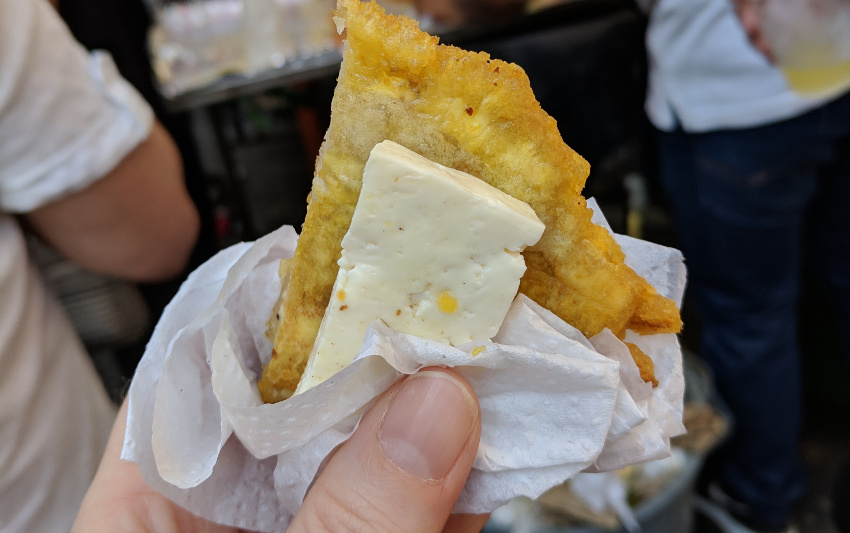
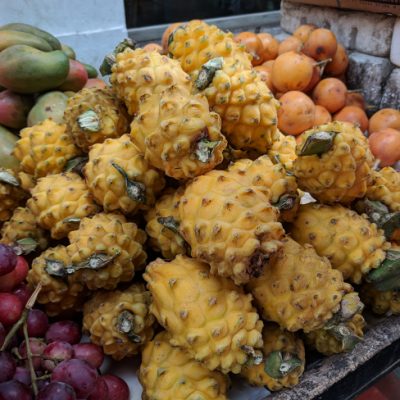
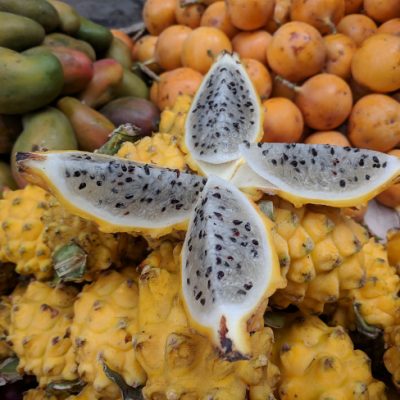
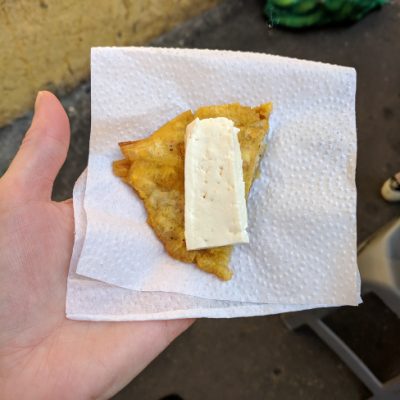
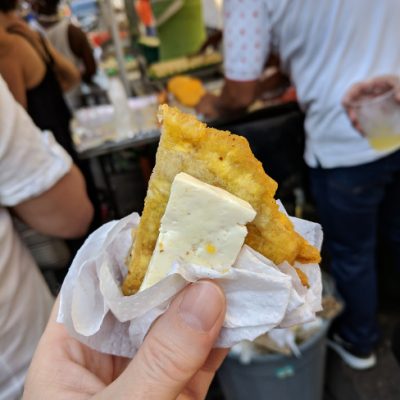
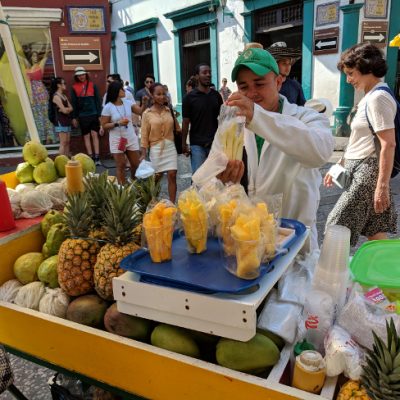
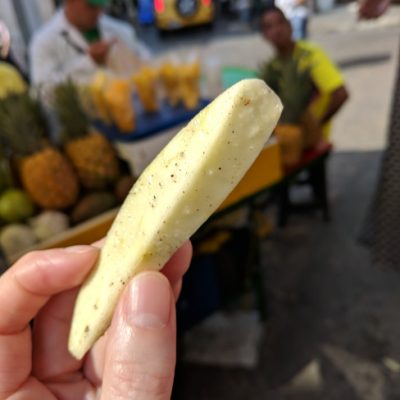
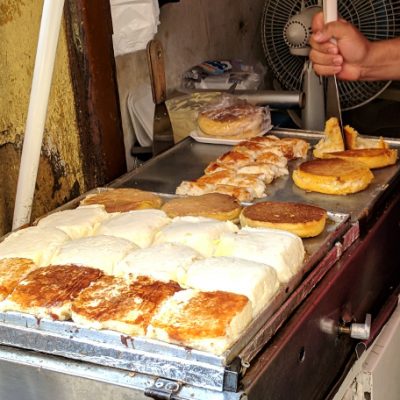
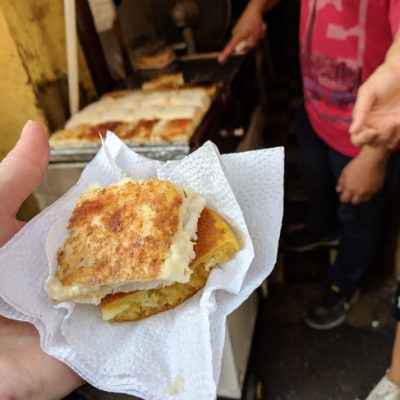
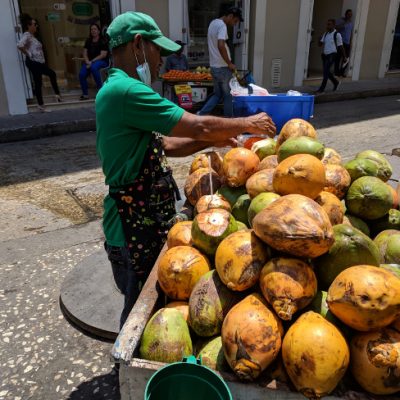
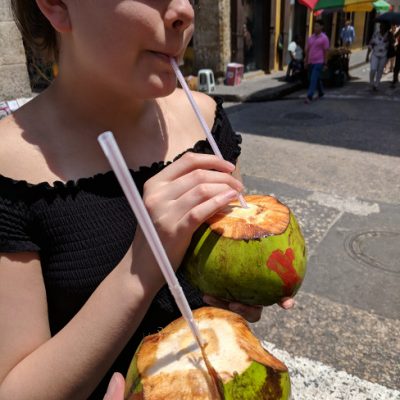
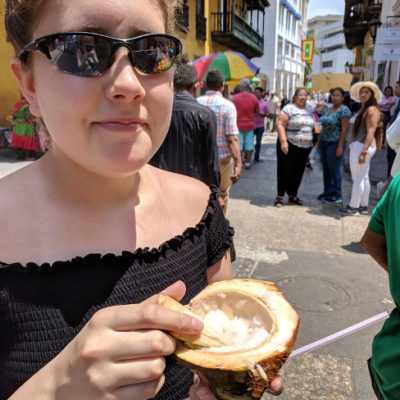
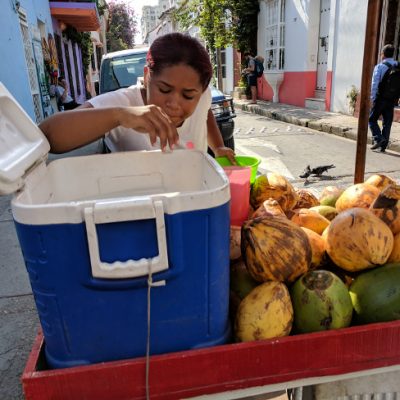
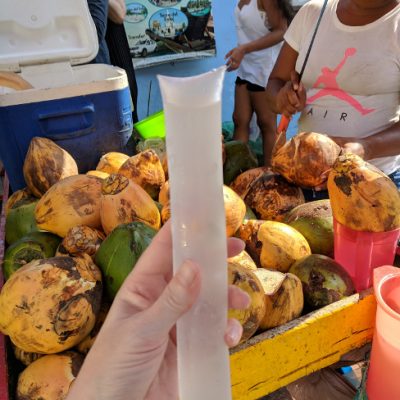
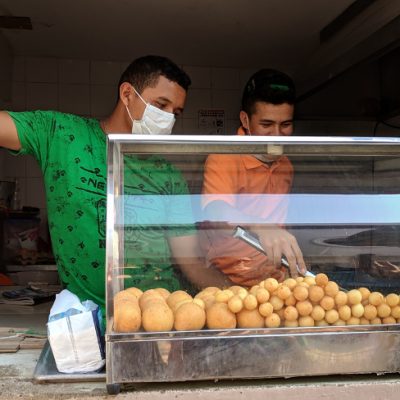
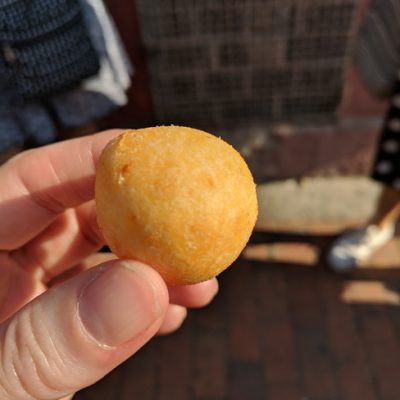

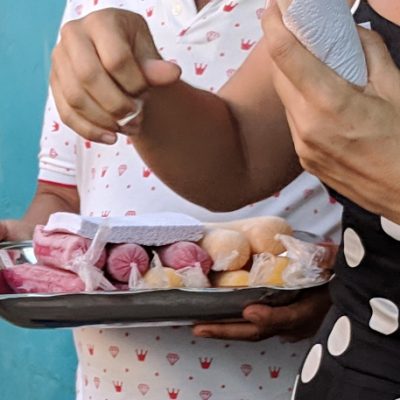
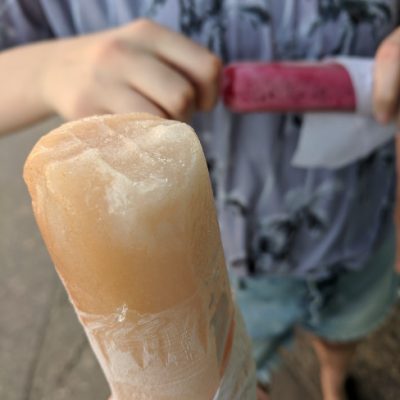
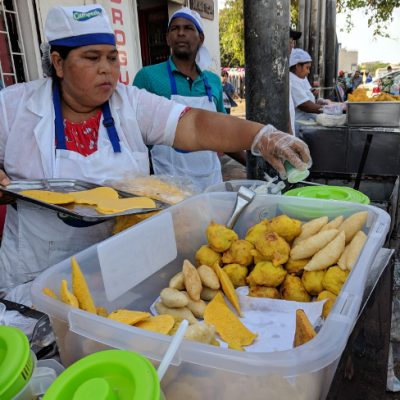
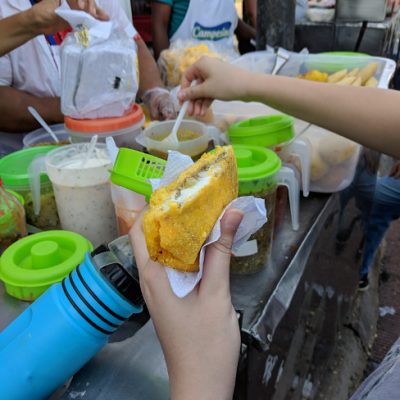
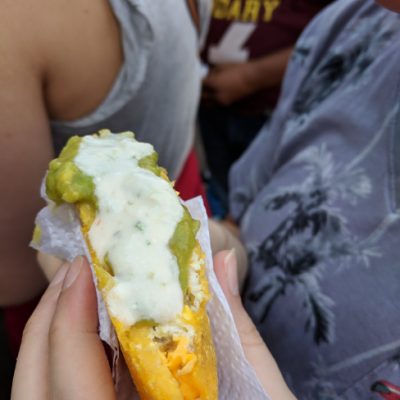
0 comments on “The really cheesy street food of Cartagena”Add yours →